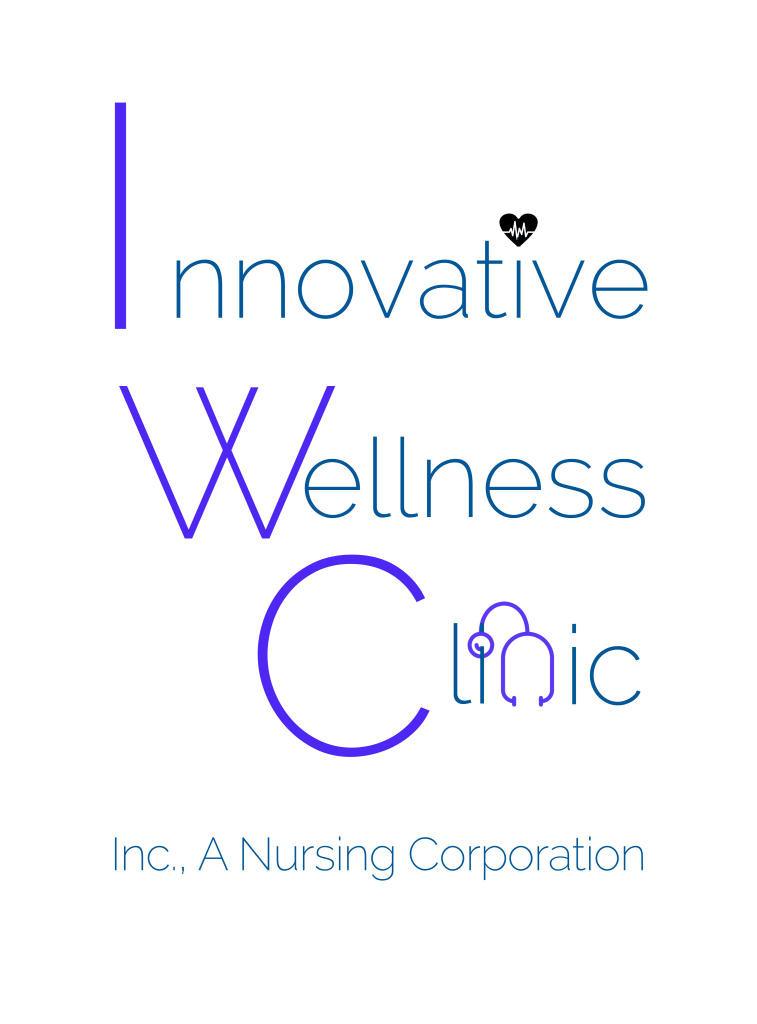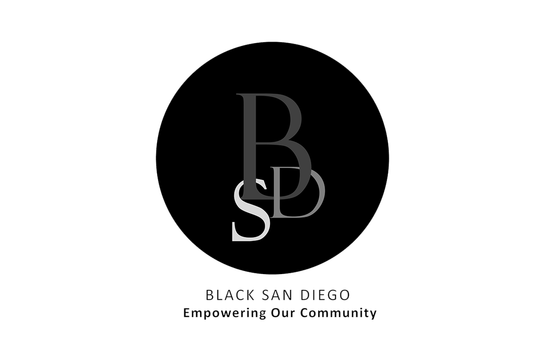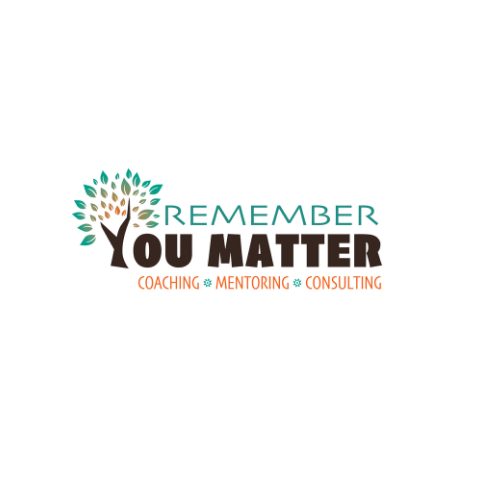
It’s almost universally true that staffing is any business’s greatest expense. The Houston Chronicle’s online mag, Chron places it in the top five expenses for small businesses. It’s also true that talent and leadership—purely human attributes—can make or break a business. That means one of the most critical and high-risk activities for any organization to undertake is attracting and hiring the right talent.
Of course, this function got stupid-complicated during the Pandemic. Personal contact was often limited if not prohibited. But let’s think about life before and after the Pandemic as well. If you’re recruiting for potential staff, partners, or vendors, thanks to the power of technology, the ideal candidate isn’t necessarily located in your own backyard. They don’t have to be, in a virtual world.
Knowing how to pick the right people virtually is a must-have skillset
Now, there is technology available to help you. But the fact that you’re recruiting and hiring humans, and not hardware or software—where you typically go through a checklist of wants and needs and the product being considered either does it or it doesn’t do it—gets complicated,
All online dating apps are not created equal, so all HR recruiting and hiring tools aren’t either. It depends on the industry, the job, the company culture, the brand identity, and many other elements.
I recently traded horror stories with CSD Marketing’s Recruitment Specialist, Carolyn Tomaino, since I’ve had a few train-wreck-like experiences myself. Carolyn used to hire for a site she managed, and now recruits and hires for other small businesses and entrepreneurs in her role with CSD.
Meanwhile, I performed HR services for a multi-state organization, subject to a variety of state labor laws in addition to federal regulations. We shared and spilled a good cup of “tea” over this topic. (NOTE TO MY MOTHER: This is the Urban Dictionary definition of tea—the best kind of gossip, shared between friends. In this context, Boomers might call it “war stories.”)
Rather than repeat the conversation line for line and name names you probably don’t know or care about, I’ve boiled it all down to the 5 things you never want to do when you’re recruiting in a virtual world. Here they are.
Knowing how to pick the right people virtually is a must-have skillset
Now, there is technology available to help you. But the fact that you’re recruiting and hiring humans, and not hardware or software—where you typically go through a checklist of wants and needs and the product being considered either does it or it doesn’t do it—gets complicated,
All online dating apps are not created equal, so all HR recruiting and hiring tools aren’t either. It depends on the industry, the job, the company culture, the brand identity, and many other elements.
I recently traded horror stories with CSD Marketing’s Recruitment Specialist, Carolyn Tomaino, since I’ve had a few train-wreck-like experiences myself. Carolyn used to hire for a site she managed, and now recruits and hires for other small businesses and entrepreneurs in her role with CSD.
Meanwhile, I performed HR services for a multi-state organization, subject to a variety of state labor laws in addition to federal regulations. We shared and spilled a good cup of “tea” over this topic. (NOTE TO MY MOTHER: This is the Urban Dictionary definition of tea—the best kind of gossip, shared between friends. In this context, Boomers might call it “war stories.”)
Rather than repeat the conversation line for line and name names you probably don’t know or care about, I’ve boiled it all down to the 5 things you never want to do when you’re recruiting in a virtual world. Here they are.
1. Don’t rely solely on the technology—There’s a ghost in that machine
Online recruiting is the way to go, but just know that sometimes the technology isn’t the easiest. One popular recruitment tool, for example, performs well in general but falls short when scheduling and confirming interviews and when working across time zones. “We’ve had awful times dealing with time zones—where we’re hiring in the MTS from the PST for a job in the EST with a company in the CST—and some of the apps have not been completely reliable,” warns Carolyn.
She suggests that if you are looking to expand to multiple platforms to increase your recruiting success, think about creating a tracking form or a specific process to ensure you can remember where, what, and when you are communicating with your candidates. She reminds us, “Any contact that candidates have with you reflects on the company you are representing. You may be interviewing them but know that they are low-key interviewing you as their future employer.”
2. Don’t forget that candidates tend to undersell themselves in online processes
This may result in them being overlooked and quickly rejected. I once had a candidate whose application was initially denied due to a lack of specific industry experience and customer service expertise, though she had dealt with customers for years. After we denied the application, I let her know that going forward, she should include the years she worked directly with clients as “customer service” experience. We were able to pick her up in later rounds of hiring, but if you’re seeking the best candidate with the best fit for the company, remember that there’s hidden gold in those applications.
3. Don’t rely on the candidate’s writing to reveal everything you need to know
You can’t really figure out “company or culture fit” from what you see online. Communication style via text, chat, and email is helpful in some ways, but you can’t get a true gauge of a person from written communications alone. Following up with phone conversations is also great, but still doesn’t provide the same depth of information as face-to-face interactions.
It’s important to take advantage of video conferencing or FaceTime when available, just to get a better idea of the person that you are interviewing. It may also help you understand if they would be a good fit for your company culture. Carolyn recalls, “I once interviewed and screened a woman that seemed great on the phone, and when she showed up for her in-person interview, she threw her chair backward and talked to the hiring managers like she was performing a police interrogation. Yes… the candidate started interrogating the hiring managers!”
4. Don’t skip the recruiting and hiring process when you’re helping your “Homies”
When we give a sweetheart deal for goods and services sold to friends or family, we call it “The Homie Discount.” Helping friends and family is great. Job referrals are great as well, but they shouldn’t be used to replace the process of going through recruiting. We had a client that was in a hurry to get people into a position, so they took a referral and bypassed all the formal processes with interviews, reference checks, etc. As a result, that person did not make it in that position for more than two weeks, which meant the company lost more time than they would have just waiting for the candidates to go through the hiring process.
5. Don’t look for perfection rather than giving all potential candidates a shot
Resumes with big words and loads of experience often can be misleading, but many companies will gravitate towards them, ignoring a less polished one. One company I worked for only wanted the top. Candidates with less experience, but who were well-rounded in other ways were immediately dismissed, even though they checked off all the boxes.
Now, this happened to be an entry level position. Every time the owner would schedule an interview, these “top” candidates would no-show, accept the offer and then end up not returning the next day, or turn out not to be the person they said they were on paper. After a few bad experiences with candidates who had perfect resumes, the business owner gave the other less experienced candidates a chance. In each case, they went on to stay with the companies for years and excelled.























